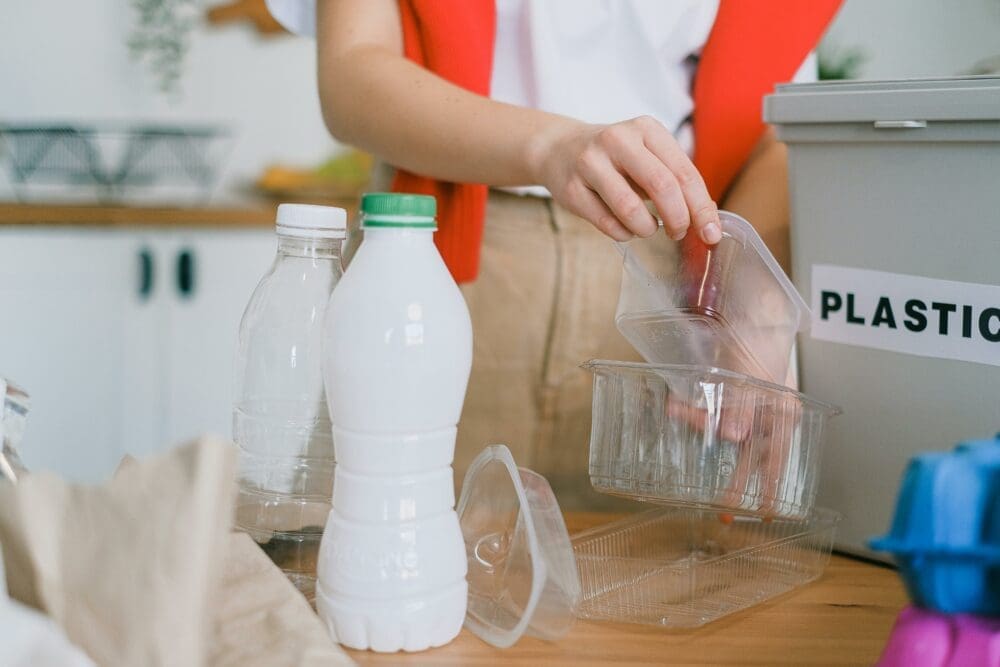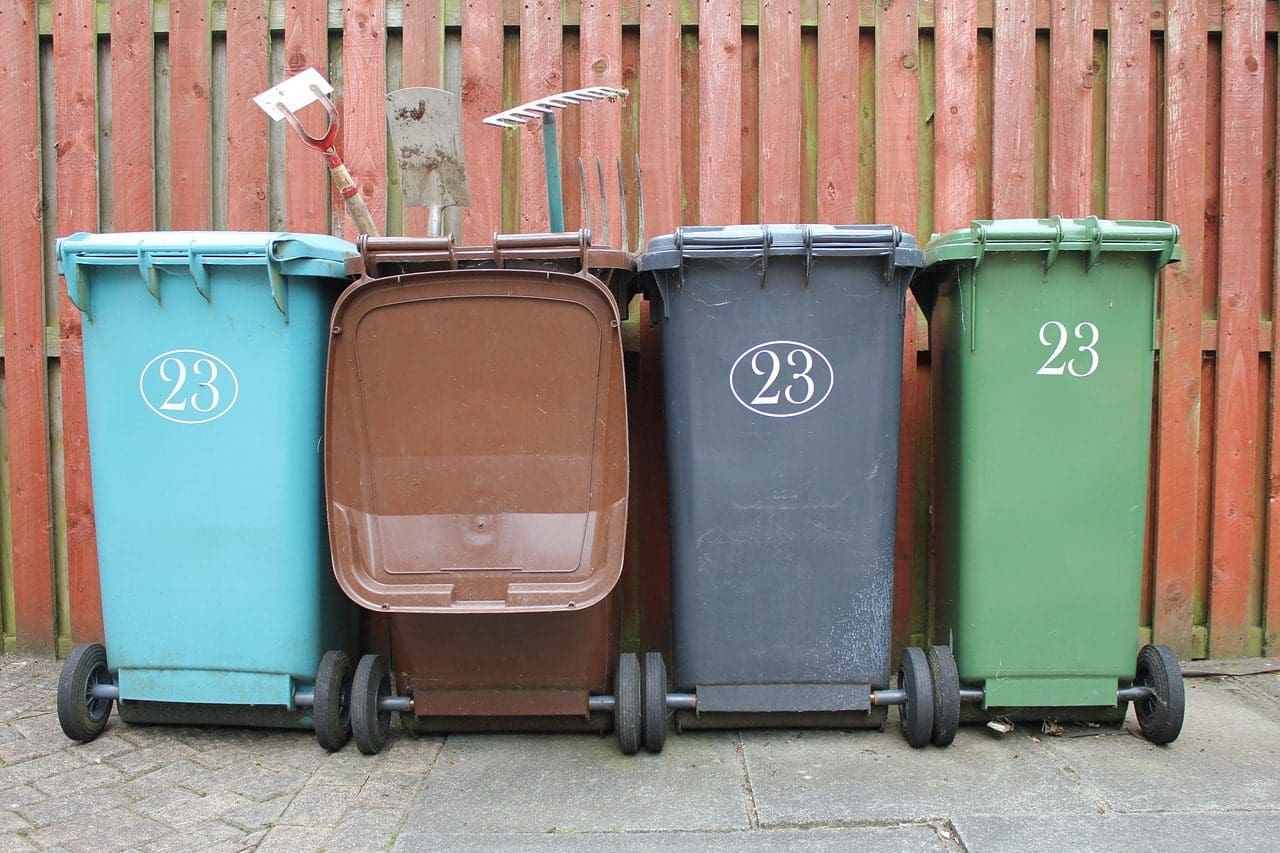It’s not just about organizing; it’s about reclaiming your space, peace, and clarity. A cluttered home can feel like a never-ending battle, where possessions multiply in the dark corners. But it doesn’t have to be this way. When you declutter your home, you create a more harmonious and functional environment for yourself and your loved ones. Here are vital steps to get you started on your decluttering journey.
Step 1: Start with a Rubbish Removal Plan
The first and most critical step in decluttering is creating a solid rubbish removal plan. Identify what items you no longer need, use, or that no longer bring joy to your life. This could range from outdated electronics and broken furniture to clothing you last wore years ago.
Once you have a list of things to remove, determine the best way to dispose of them. Consider hiring professional rubbish removal services like paulsrubbish.com.au, which handles everything from small household items to large furniture and appliances. A clear plan for what goes out will create physical space in your home and relieve your stress, and prepare you for the following steps.
Step 2: Take it One Room at a Time
Tackling one room at a time is a methodical and practical approach to decluttering that prevents the process from becoming overwhelming. Begin by choosing a room that you frequent or that causes you the most stress due to its clutter. This could be your bedroom, living room, or even the kitchen.
Set aside time to sort through every item in this room, deciding what to keep, donate, sell, or throw away. Using bins or bags to categorize items during this process can significantly enhance efficiency and organization. Remember, the goal is to make the space more functional and peaceful, so be ruthless in your decisions about what truly deserves to stay.
Step 3: Use the “Four-Box Method”
The “Four-Box Method” is a straightforward yet powerful tactic for simplifying the decluttering process. It involves having four boxes in each room, each labelled “Keep,” “Donate/Sell,” “Storage,” and “Throw Away.” This method forces you to decide immediately about each item, preventing indecision and clutter accumulation.

Items that you regularly use or love go into the “Keep” box, while those in good condition but no longer needed can find new homes through donation or sale. Seasonal items or those with sentimental value that aren’t regularly used can be neatly stored away. Finally, broken, outdated, or otherwise unusable items should be responsibly disposed of or recycled, completing the cycle of tidiness and clarity in your environment.
Step 4: Let Go of Sentimental Items
One of the most challenging aspects of decluttering is deciding what to do with sentimental items that hold memories but clutter our space. It’s important to remember that letting go of an item does not mean discarding the memories associated with it. A useful strategy is to take photos of these items before parting with them, allowing you to preserve the memory without keeping the physical object.
One approach is to keep a few cherished keepsakes in a designated spot at home. The remaining items can be passed on to family or friends who may value them, giving them a new purpose. Overcoming sentimental attachment can lighten your living space and create a more organized, peaceful home.
Step 5: Establish New Habits
Decluttering is not a one-time event; it’s an ongoing process that requires establishing new habits and routines to maintain a clutter-free home. Make a conscious effort to put items back in their designated places after use, resist impulse purchases, and regularly declutter problem areas before they spiral out of control.
Consider also implementing a “one-in-one-out” rule, where you let go of an old item for every new item you bring into your home. This will prevent clutter from accumulating and ensure that your living space stays tidy and organized in the long run.
Step 6: Organize as You Go
This step emphasizes the importance of organizing as you go as you progress through your decluttering efforts. This approach lets you immediately see your work’s benefits, as an organized space naturally feels more relaxing and functional. Implementing organization solutions such as shelving units, drawer organizers, and labels can dramatically enhance the usability of each area.
It prevents clutter buildup by assigning each item a specific home, making maintenance easier. This step urges you to tailor organization methods to your lifestyle and preferences, ensuring your spaces suit you best. Organizing while decluttering streamlines the process and boosts motivation to enhance your home environment.
Decluttering your home is a step towards self-care and can substantially improve your quality of life. The journey to a clutter-free home begins with these fundamental steps and the recognition that the process is as much about your mental state as it is about physical space. Take the first step today. Start small, with a single drawer or a stack of papers, and allow the momentum to carry you forward.


